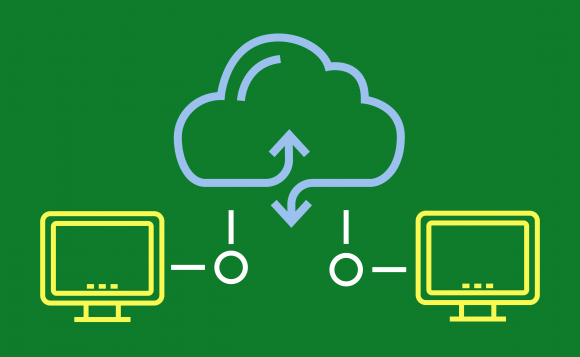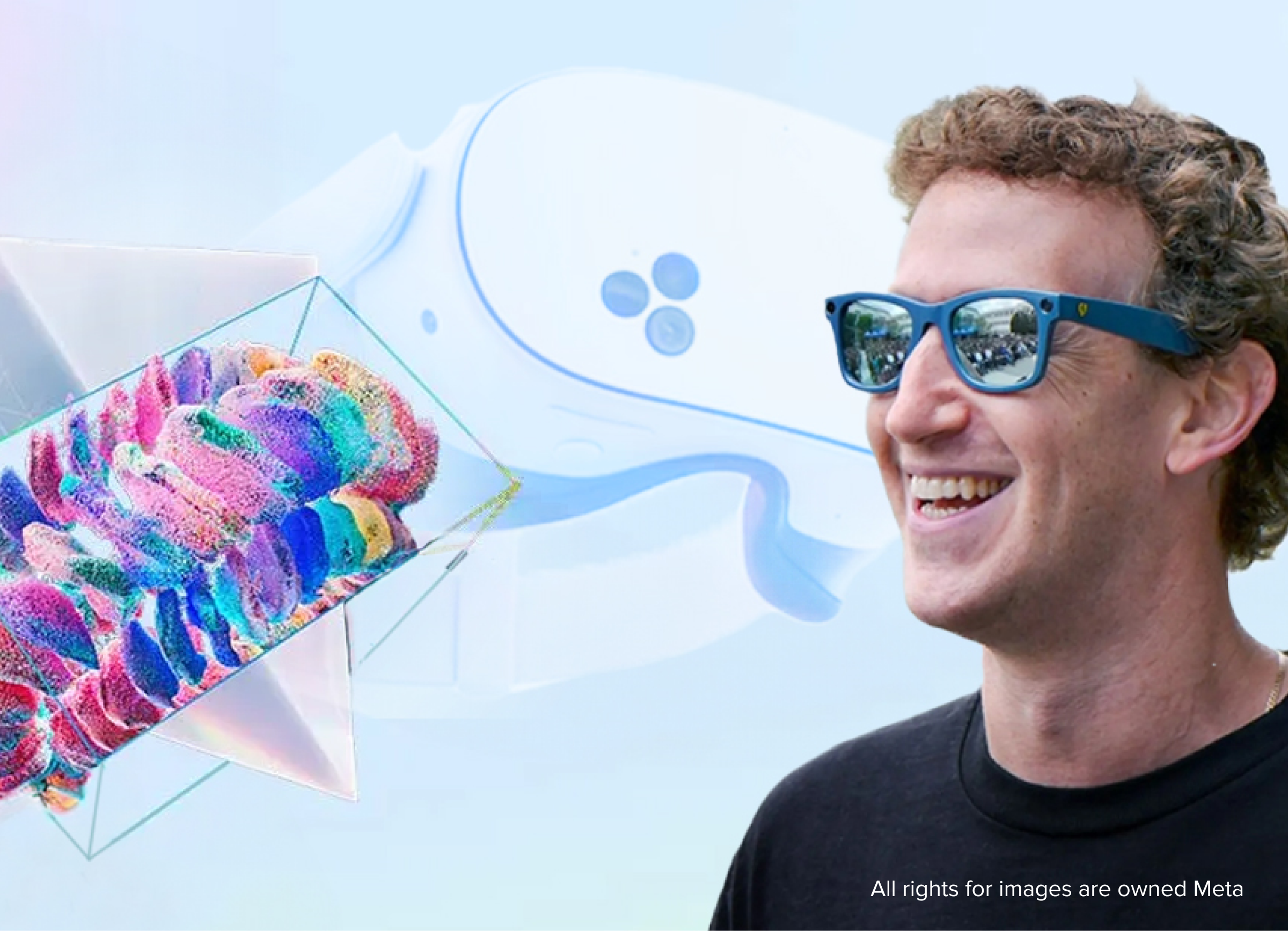
Long are the days when businesses required software engineers to develop bespoke software solutions for their business operations to be carried out on. With the introduction of cloud computing and cloud-based services, business enterprises are taking advantage and making sure that they can make the most out of their resource budgets in both software and hardware.
Rather than employ software engineers to create custom services and spend big bucks on installing, testing, and updating the software, businesses are now moving quite rapidly towards the use of remote services to run their processes for them. This option of using already existing services to carry out tasks for remote business environments is referred to as Software as a Service (SaaS). SaaS is considered a method of software delivery where the vendor offers services to the client and delivers them via a network.
SaaS is an innovation that has picked up thanks to modern operations being carried out extensively via cloud-based models. SaaS usually takes three major components into consideration during service delivery. These are licensing, a network connection and a UI from which the business will access the service, usually a web browser (although some offer desktop apps for their services). SaaS continues to grow each year in use and scalability and although it has not thrown out the concept of custom-made services entirely, it continues to grow, majorly due to the advantages it offers. These advantages include:
Faster Deployment
Traditional deployment of software entailed lengthy processes of creating and installing software on every machine that required them to run business processes. These steps to automation were slow and complicated. SaaS is structured in a way that the software a business requires is already installed and configured within the cloud. On the business client part, it is simply a matter of connecting with these services and modifying a few details in order to get it up and running. Installation can also occur simultaneously across all computer systems within the organization, which significantly reduces the setup period.
Easier Upgrades
With SaaS, upgrades on software is a much faster and easier process overall. The developer works on the upgrades that need to be done on the software and provides them either individually or as a new version of the software for users to install. This process is faster compared to the manual updates of software which is associated with bespoke software. Deployment of upgrades on the developer’s side becomes faster as well because they only need to upgrade the main software version and upload the updates rather than visit business premises to update their software.
Better Accessibility
With SaaS, businesses gain access to software services with a network connection and a browser or an abstracted version of the software in question (usually the UI and some intermediary commands). This improves the accessibility of these services on a global scale and allows more businesses to upgrade and streamline their services with up-to-date technology.
Improved Scalability
Another advantage which SaaS offers to businesses is that it gives their services more scalability. Businesses have the liberty to select which modules they require for their services and implement them for their daily business processes. Because the servers reside on the cloud, SaaS offers a platform which can be used by all members regardless of their preferred hardware (such as computer systems) or operating systems. SaaS can be configured to accommodate any operating system within a business environment and operate as efficiently in each. Furthermore, SaaS today offers versions for both PCs and mobile devices, allowing access to business entities and services on a much larger scale.
Cost Efficiency
SaaS has proven to be a much more cost-effective means of implementing services into a business thanks to its scalability and remote operability. Most SaaS solutions work on a subscription basis, which gives businesses the freedom to pay or subscribe only to the services which they require. This prevents them from using financial resources on services they would never use in their environments. SaaS also allows small and medium businesses (SMBs) to access the latest features of a business model at a cost-effective way (e.g. by subscribing each machine individually rather than paying for a larger capacity than anticipated).
Maintenance costs are also significantly reduced on the client side as most of the work on improvements and bug fixing goes to the developer side of the software, and this allows businesses to focus their resources on other business strategies rather than spend it upgrading their systems.
Proof of Concept
Along with the ease of use that comes with SaaS thanks to added operation guidelines (such as samples and manuals), there is also proof of concepts for the services which a SaaS solution claims to offer. Functionality and compatibility can also be tested before major purchases or subscriptions which saves businesses the hassles of paying for services which do not work or those that are problematic.


